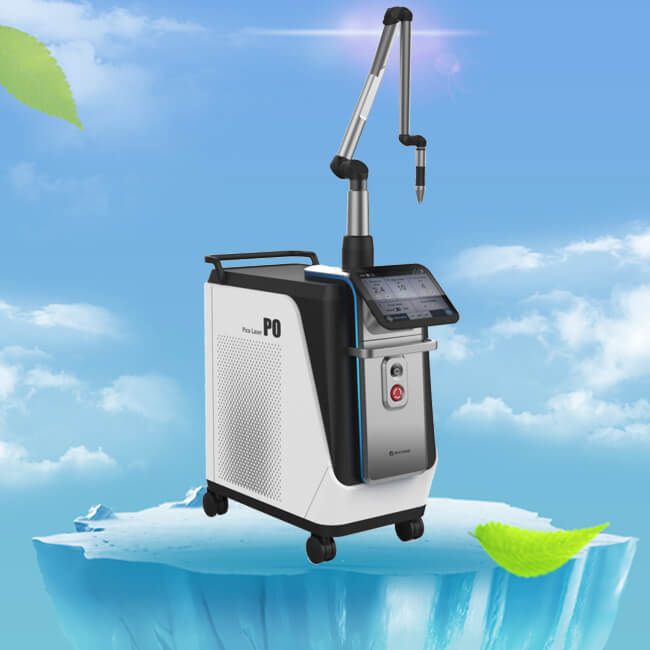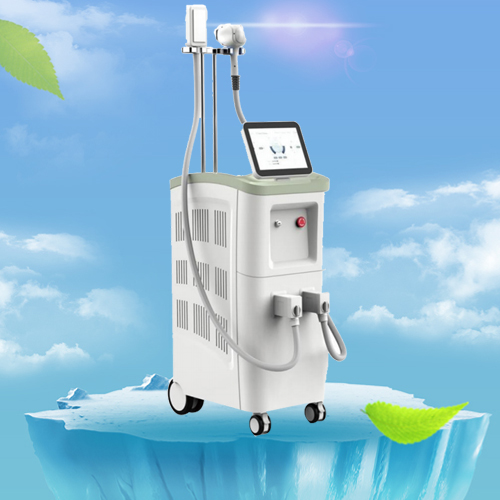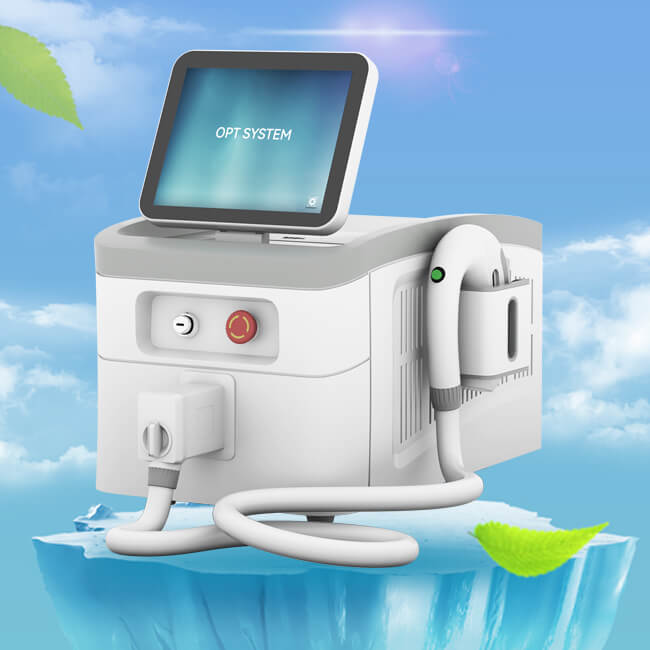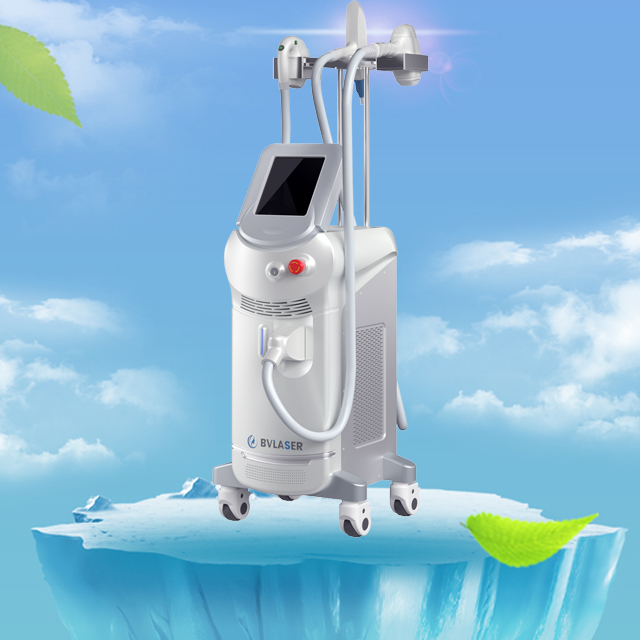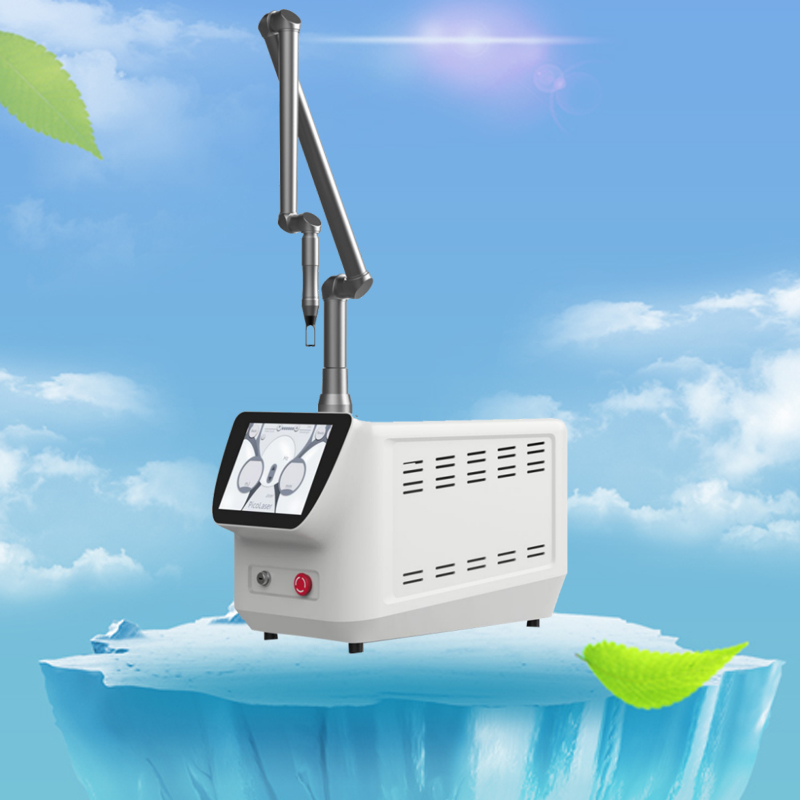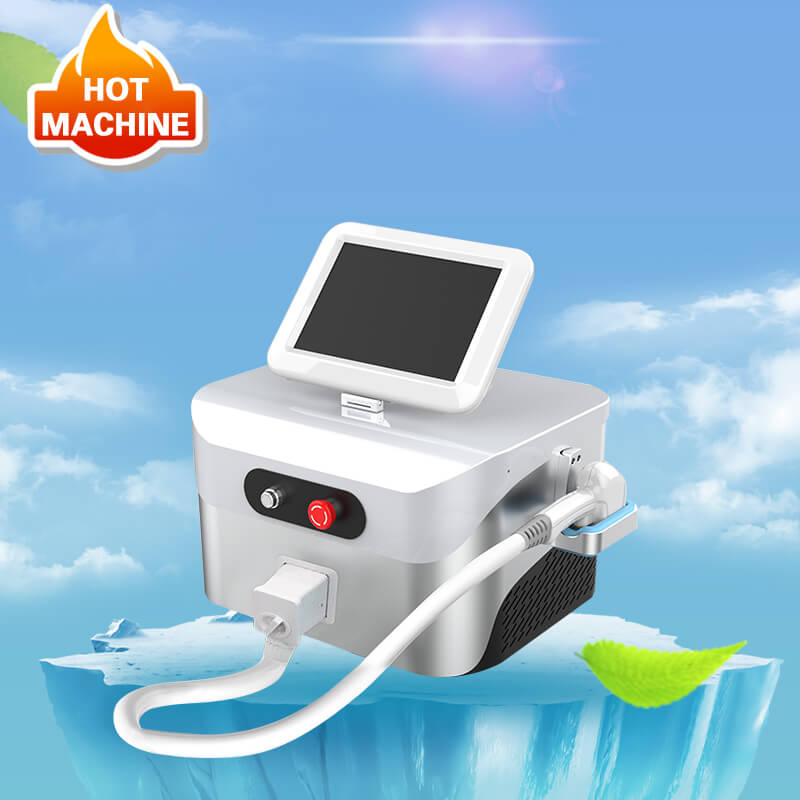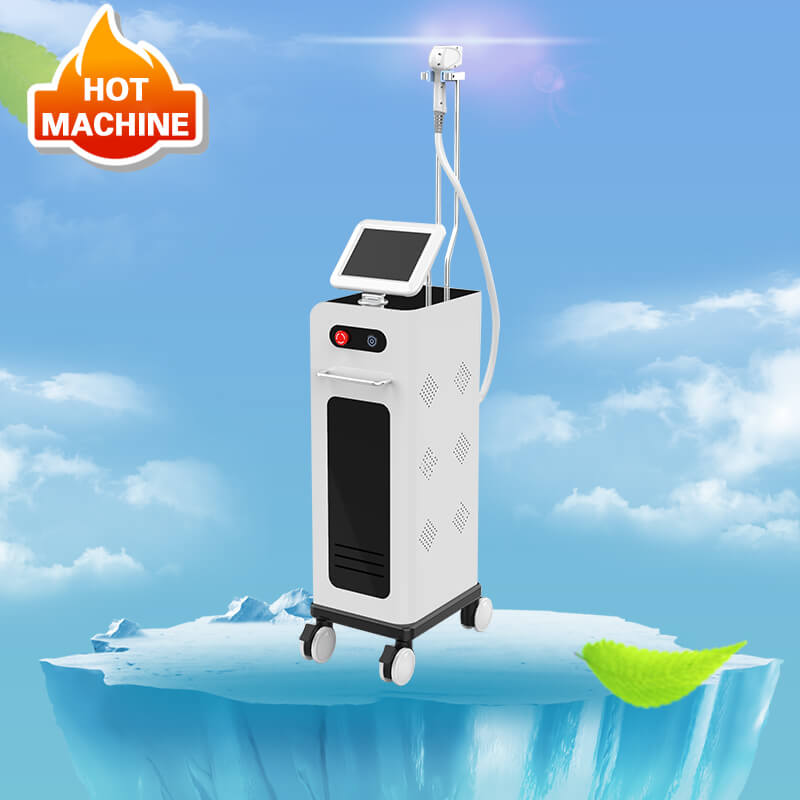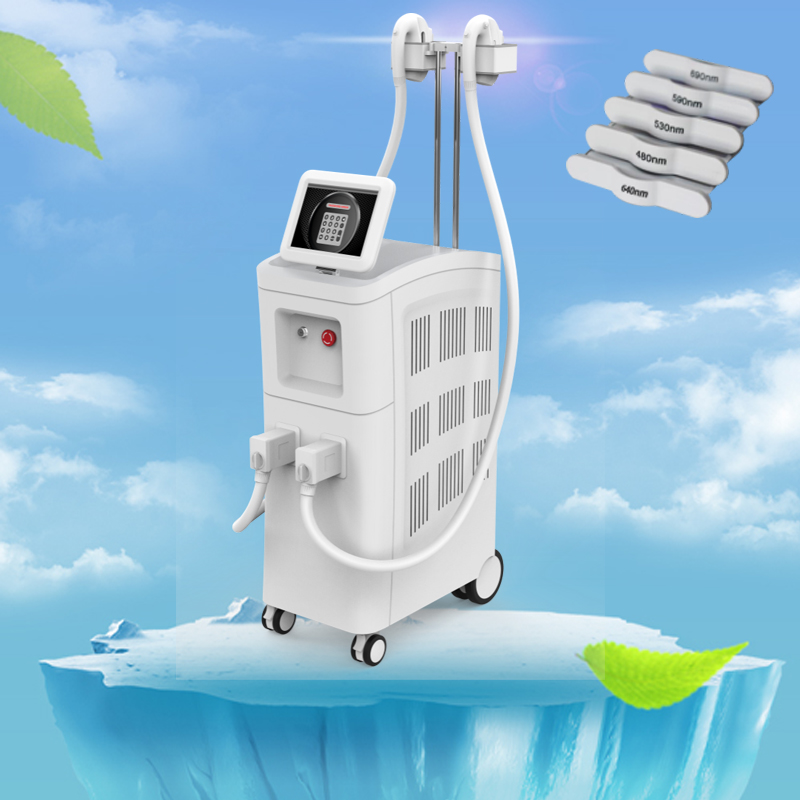What Is the Best Tattoo Removal Laser?
Author:baishilf Time:2024-07-03 16:44:30
The picosecond laser tattoo removal machine procedure was initially designed to remove tattoos. The no-downtime gadget breaks up pigment clusters and promotes collagen formation by delivering energy to the skin in trillionths of a second, a thousand times quicker than a conventional nanosecond laser like the Q-switched. Bestview Laser is a China picosecond ND YAG laser equipment manufacturer, we can provide OEM picosecond laser machine. Read on to find out more.
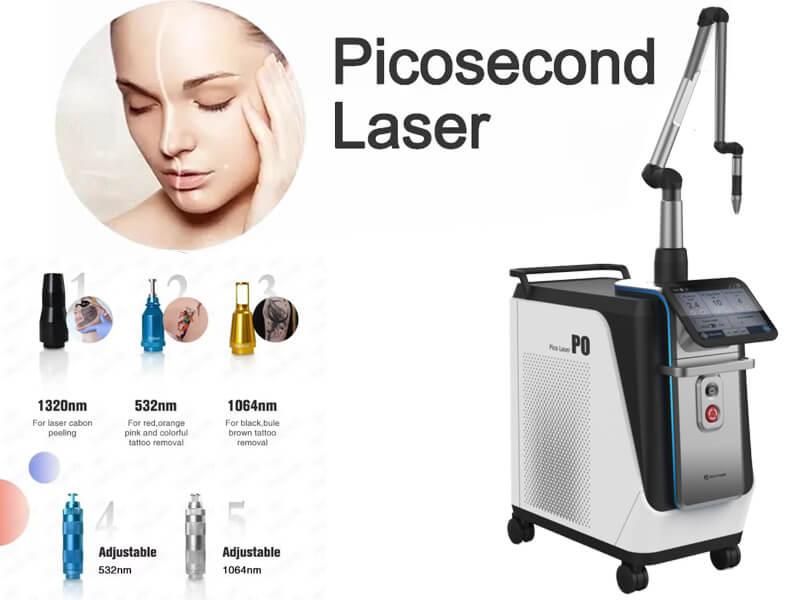
Picosecond laser introduction
One of the most cutting-edge laser treatments now on the market, picosecond laser technology is a non-invasive, non-surgical laser skin treatment that may be used to treat most common skin flaws, such as sun spots and acne scarring. It is safe, needs a little downtime, and produces noticeable, long-lasting results in fewer sessions than comparable alternatives. It can be used on the entire body and face. Picosecond laser technology might be the magic cure you’ve been seeking because it’s quick, safe, and non-invasive. It can treat skin flaws, acne scars, discolouration, premature ageing, unwanted tattoos, and other ailments.
Benefits of picosecond laser treatment
Because there is no heat dissipation and the chromophore pigment is broken when the energy is delivered into the skin, picosecond lasers are a safe treatment option for darker skin tones. The Picosecond focus array is a handpiece with excellent anti-ageing capabilities that stimulates the production of collagen and may be attached to this laser platform. It is a wonderful preventative method for doing this. Regardless of whether you have brown spots on the back of your hand or on your face, the laser can help reduce their frequency and may also make wrinkles, sunspots, freckles, and other scars less noticeable.
One session of the technique only takes around ten minutes, but you might require more than one if you have a significant tattoo, deep scar, or other flaw. The effect of the Picosecond laser technique begins after the first session, and you will see the tattoo is fading. The laser is designed to enhance outcomes while minimising discomfort and eliminating long-term skin damage.
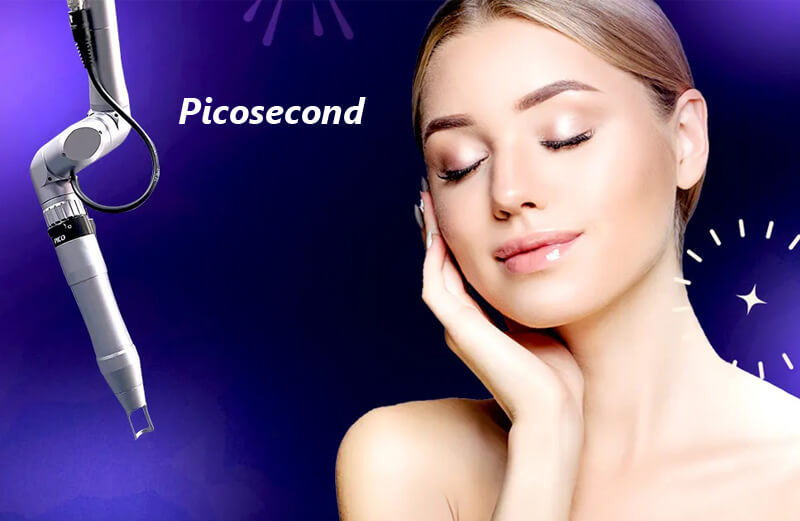
What is the best tattoo removal laser?
The best laser for tattoo removal is a picosecond laser. Picosecond lasers remove tattoos more quickly and completely than older-style Q-Switch lasers. While Picosecond lasers can remove nearly any color ink, there’s no single model that takes care of everything. A laser with a 755nm wavelength is best for green and blue ink. A wavelength of 532nm gets rid of red, orange, yellow, and brown. A 1064nm wavelength is the best choice for black and some other dark colors.
Removing Green and Blue Tattoo Ink: “Can you remove green tattoos?” It’s a question hear a lot. It isn’t easy being green. It also isn’t easy to remove a green tattoo. Not many shops around town have the necessary equipment. The picosecond wields a 755nm wavelength and will remove green and blue ink.
Why picosecond laser is the best laser tattoo removal machine?
Picosecond lasers work similarly to older lasers, but they are faster and more effective. Both styles of laser erase tattoos by breaking them apart so the body can flush out the particles. Compared to other lasers, picosecond lasers create smaller particles that are flushed out more quickly. Q-switched lasers are still used in some places, but picosecond lasers are superior.
A picosecond laser delivers a pulse of light to the skin every trillionth of a second. It’s hard to wrap your mind around “a trillionth of a second.” Just keep in mind that these speedy lasers cut treatment times by about half while removing a wider range of colors. Bestview picosecond laser has been very effective. While tattoo removal often involves repeat visits, the picosecond laser removes ink in fewer treatments.
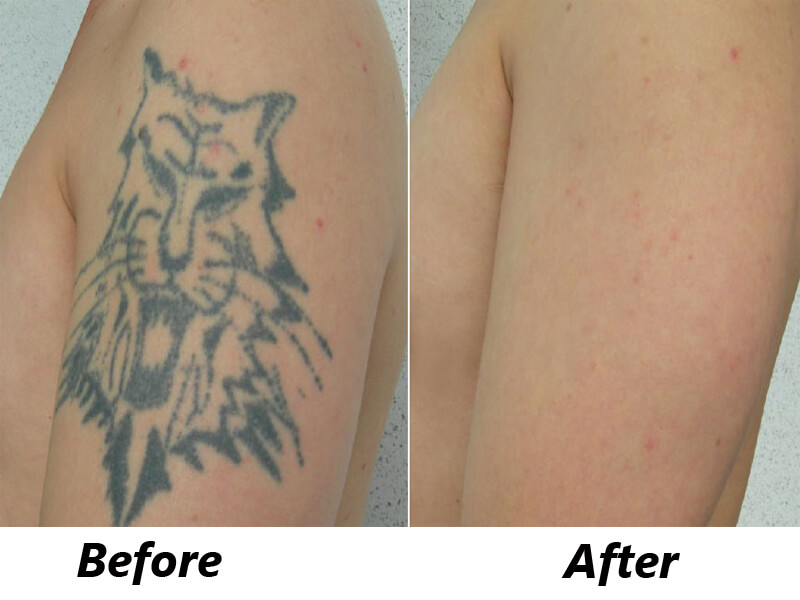
Are there any drawbacks to picosecond laser removal?
No one type of treatment is right for every situation. Laser removal requires judgment and experience. In the hands of an unqualified technician, removal could scar. Some ink pigments, such as white or pink, may turn dark under a laser. Choosing a good laser technician is the best way to avoid unwanted results.
Picosecond laser: the only choice for difficult tattoo removal
Better results in fewer treatments allows for significantly reduced downtime and less inconvenience throughout the process of the laser tattoo removal, as most tattoos will still require multiple laser removal treatments. Picosecond laser tattoo removal is generally a similar feeling to getting the tattoo done itself. Having less treatments both saves time, discomfort, and gets better results. Since treatments are generally spaced out by a number of weeks and there can be a 10+ day recovery period after each treatment there can be a lot of inconvenience associated with any tattoo removal, but especially those that take extra treatments.
Post-tattoo removal care often requires a bandage to be worn for 7-10 days and the skin will be red and irritated, similar to the process that happened when getting the tattoo. Since this happens after each treatment, even having 1-2 less treatments can make a huge difference with regard to how much inconvenience the patient faces throughout the process. If you have 10 less treatments that is going to mean the difference of not having a bandage for 70-100 days less than tattoo removal with a Q-switch laser!
Picosecond laser VS. Q-switched ND YAG laser for laser tattoo removal
Q-switched ND YAG laser heat up the ink and release it within the body, whereas picosecond lasers are more effective because they use shorter light pulses that heat up so quickly they fracture the tattoo ink and have reduced risk for scarring surrounding tissue. The difference in speed is also what helps to make the picosecond lasers less likely to scar the surrounding tissue. Picosecond lasers are also more powerful than Q-switched laser, which is what allows them to remove tattoos more effectively.
What are the indications for a picosecond laser?
The main indication for the use of a picosecond laser is tattoo removal. Depending on their wavelength, picosecond lasers are particularly useful for clearing blue and green pigments, which are difficult to eliminate using other lasers, and tattoos that are refractory to treatment with the traditional Q-switched lasers. The use of picosecond lasers has also been reported for treatment of melasma, naevus of Ota, naevus of Ito, minocycline-induced pigmentation, and solar lentigines. Picosecond lasers have fractionated hand pieces that facilitate tissue remodelling and are used to treat acne scarring, photoageing, and rhytides (wrinkles).
Why choose a picosecond laser?
A picosecond laser selectively destroys the target pigment without damaging healthy, normal tissue. This allows rapid clearing of the abnormal pigmentation with minimal collateral damage to surrounding tissue. Picosecond lasers used for tattoo removal require fewer treatments, cause fewer side effects, and result in reduced post-procedural downtime compared to nanosecond Q-switched lasers. They can clear some tattoos that are refractory to other forms of laser therapy, and there is a reduced risk of causing scarring and hypopigmentation. The additional cost and reduced availability of picosecond lasers compared to Q-switched lasers currently restricts their widespread use.





